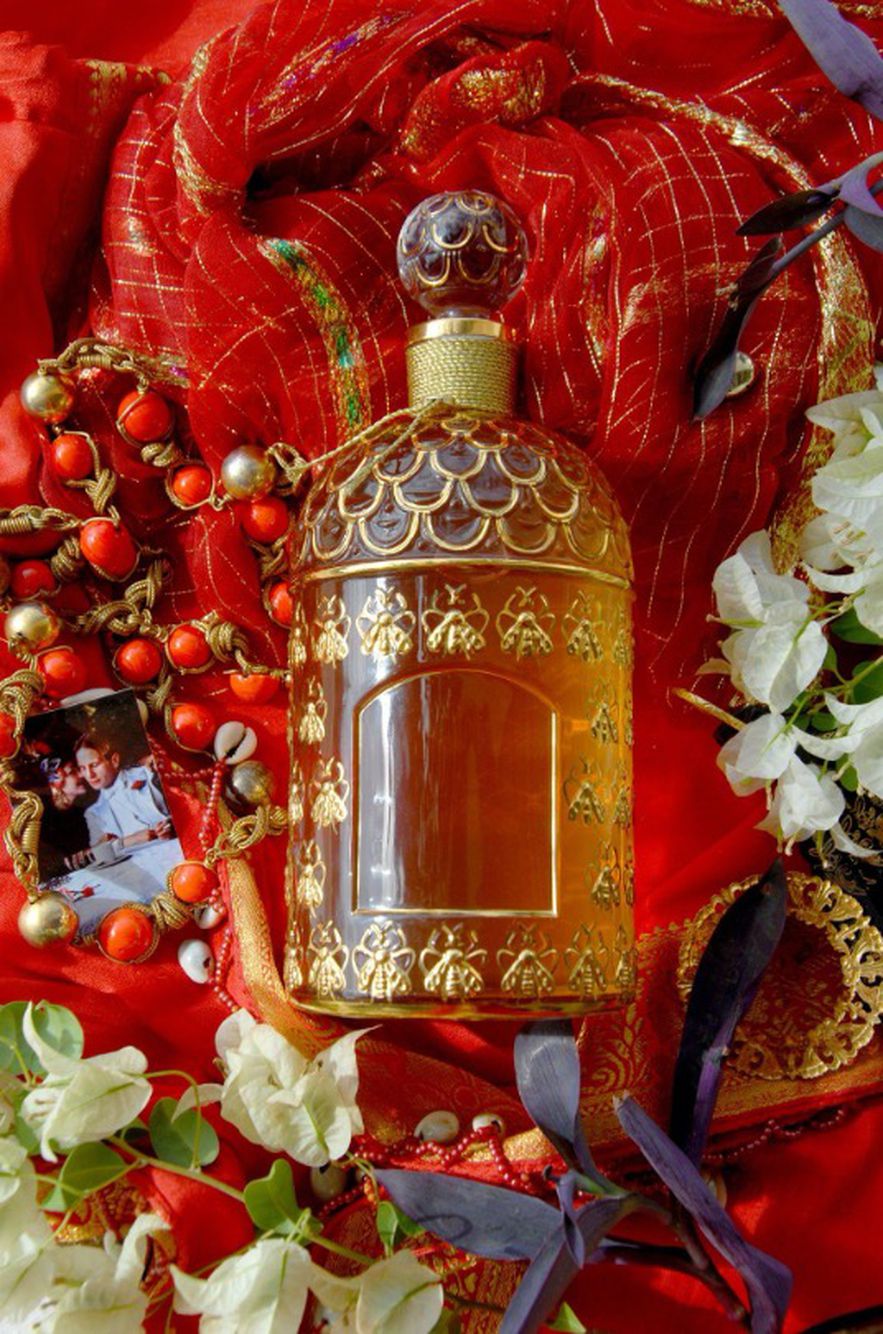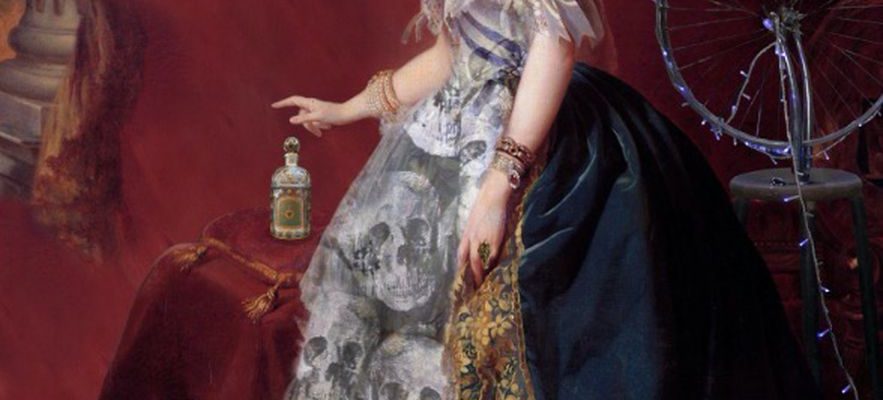Some are famous in our latitudes, like Charlotte Rampling and Audrey Tautou, glamorous actresses in the collective unconscious, but also garden photographers. The first populating for ages his intimate shots of children, teenagers or travels; the second author of spontaneous or staged self-portraits, unveiled in 2017 at the Rencontres d’Arles. Both are among the 11 women photographers called upon by Guerlain to immortalize the emblematic bottle with bees, created by the perfumer one hundred and seventy years ago for Eugénie de Montijo on the occasion of her marriage to Napoleon III, on January 30. 1853. The fragrance, fashioned by the Pochet du Courval glassmakers, whose case features hand-gilded bees, earned Pierre-François-Pascal Guerlain, the brand’s founder, the title of “official supplier to the Imperial Court “. The story is detailed in a book by Laurence Benaïm, Guerlain. An imperial icon (Assouline), and is the subject of an exhibition at the house’s headquarters, avenue des Champs-Elysées (until September 4).
At the helm of the event: a manager, Jean-Luc Monterosso, co-founder of the European House of Photography, now artistic director of the Contemporary Image Museum in Chengdu, and Benoît Baume, head of Fisheye, the contemporary image magazine. They asked, in addition to our two famous actresses, a few confirmed or emerging big names in international photography. “Once the theme was defined – the 1853 bottle – we gave them carte blanche, Benoît Baume tells us, hence the difference in the size of the different works and their diversity.” In fact, none are alike, near or far.
Orlan, the visual artist who made a name for herself at the end of the last century by putting her own body on stage, with a scalpel in support, is part of the party. She hybridizes there, life-size, with the Empress Eugénie. The tiara, the dress adorned with skulls, the index finger pointing at the perfume and the photo in the photo in the background, everything is there to convey her feminist message.
“Orlan hybridizes with Empress Eugénie and her perfume” (2022), by Orlan.
© / Flask with bees
Delfina Carmona, originally from Buenos Aires, captures two hands gloved in red on a blue velvet background overhanging the mythical bottle, reminiscent of the corridor with chandeliers in The beauty and the Beast by Cocteau. While the Chinese Su Kui images a swarm of bees coveting the famous container and Valérie Belin reveals the negative in black and white, “what was supposed to remain invisible”, in a shot full of reflections and areas of ‘shadow.
Further on, Myriam Roehri magnifies it in a dreamlike scene, where a timeless nymph watches over the flagrance, like the Madrilenian Amuldena Romero, from a family of beekeepers, who introduces a leaf picked in the garden of her grandmother into the bottle. -mother. Even if the real documentarist of the object is Delphine Diallo who, in a diptych, confronts the case with images referring to the Empress.

“Crazy Love” (2022), by Christine Spengler.
/ © Christine Spengler
But the two most directly impactful photographs are by war reporters Christine Spengler and Jane Atwood. Under the title Crazy Love, the first lays her “fetish objects” on a red silk fabric, including the bougainvillea flowers blooming on her balcony and the photo of her meeting with the man of her life. The second, American which today is divided between Brittany and Paris, throws A bottle in the sea“on a beach, in the sand, in fragile balance”.
